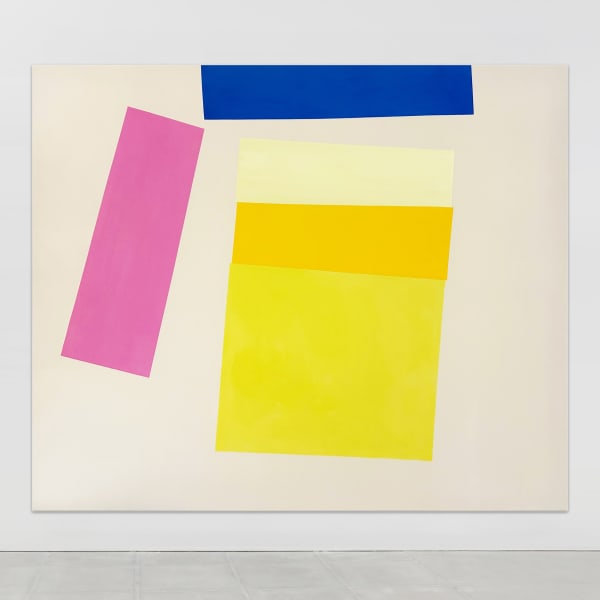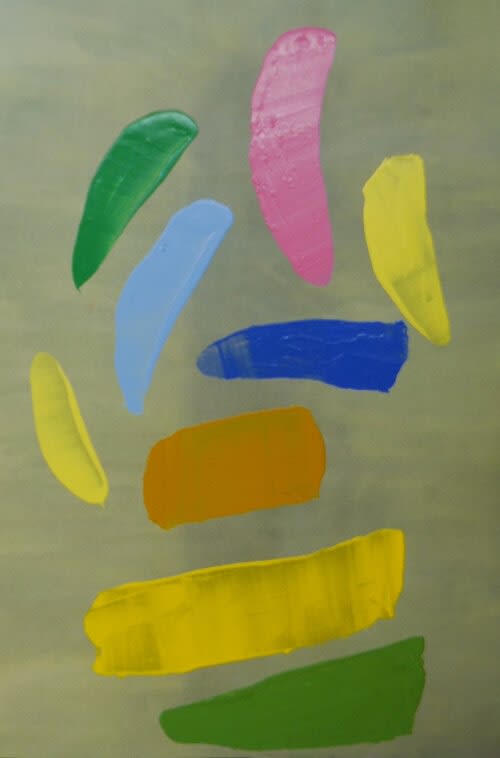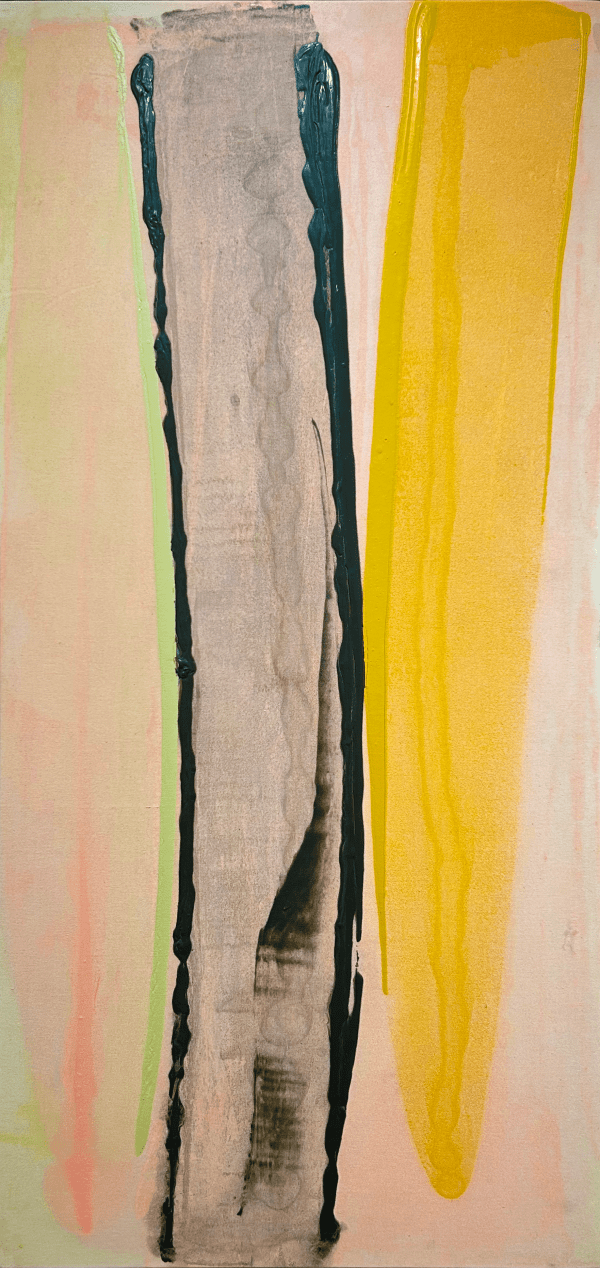-
Rukaj Gallery is thrilled to present an exhibition of works from the William Perehudoff Estate. As one of the key figures in the history of modern Canadian art, Perehudoff's work combines the sunlit expanse of the Canadian Prairies with gestural and geometric abstraction. He was interested in creating visual harmonies using colours, shapes, and textures, remarking that "when you listen to music, you hear it, and when you look at abstract painting, you see it.”
-

-
"Colour is what these pictures are about. It is always inventive and often extraordinary...they are energetic but carefully balanced configurations of intense colour, with piles of bars like springboards, hurling discs across the canvas."
- Karen Wilkin, William Perehudoff: Ten Years (Saskatoon: Mendel Art Gallery, 1981)
-
-
William Perehudoff was a Canadian abstract painter from Langham, Saskatchewan. His broad canvases, brightly saturated colours, and neutral “fields” were informed by American abstraction as well as his Prairie setting. He was heavily influenced by the colourful abstract works of painters like Kenneth Noland and Amédée Ozenfant, and in the early 1960s Perehudoff attended several of the Emma Lake Artist’s Workshops held by Noland and Clement Greenberg. Greenberg was an enormously influential art critic who advocated for “formalist” painting: abstract works that explored colours, forms, textures, and compositional space rather than representation. Noland was a prominent American Colour Field painter. In the 1960s, Perehudoff’s bold colours, abstract shapes, and neutral grounds showed the influence of these workshops.
-
Along with Jack Bush, Perehudoff was a pioneer of Canadian abstract painting. By the 1980s he moved away from hard-edge geometric forms and developed a method of bleeding paints across unprimed canvas to create a wash of colour. Perehudoff would then apply broad strokes of an acrylic paint and gel mixture. The juxtaposition between the soft, thin wash on the canvas and the gleaming, saturated colours on top is characteristic of his work in the 1980s. In the latter half of the decade, Perehudoff began to paint "window-like opening[s]" surrounded by washes of colour. In many of his 1990s canvases he returned to the hard-edge geometry of his early works, and these paintngs often feature brightly saturated shapes on soft fields of colour. The artist once said that "when you listen to music, you hear it, and when you look at abstract painting, you see it."
-
-
-
 William Perehudoff, Zephrus #17, 1968
William Perehudoff, Zephrus #17, 1968 -
 William Perehudoff, Thalia # 10, 1970
William Perehudoff, Thalia # 10, 1970 -
 William Perehudoff, AC-84-95, 1984
William Perehudoff, AC-84-95, 1984 -
 William Perehudoff, AC-73-4, 1973
William Perehudoff, AC-73-4, 1973
-
 William Perehudoff, AC-81-35, 1981
William Perehudoff, AC-81-35, 1981 -
 William Perehudoff, AC-84-73, 1984
William Perehudoff, AC-84-73, 1984 -
 William Perehudoff, AC-86-I, 1986
William Perehudoff, AC-86-I, 1986 -
 William Perehudoff, AC-85-52, 1985
William Perehudoff, AC-85-52, 1985
-
 William Perehudoff, AC-82-34, 1982
William Perehudoff, AC-82-34, 1982 -
 William Perehudoff, AC-87-122, 1987
William Perehudoff, AC-87-122, 1987 -
 William Perehudoff, AC-81-B, 1981
William Perehudoff, AC-81-B, 1981 -
 William Perehudoff, AC-82-I, 1982
William Perehudoff, AC-82-I, 1982
-
 William Perehudoff, AC-87-B, 1987
William Perehudoff, AC-87-B, 1987 -
 William Perehudoff, AC-89-3, 1989
William Perehudoff, AC-89-3, 1989 -
 William Perehudoff, AC-89-40, 1989
William Perehudoff, AC-89-40, 1989 -
 William Perehudoff, AC-90-J, 1990
William Perehudoff, AC-90-J, 1990
-






















